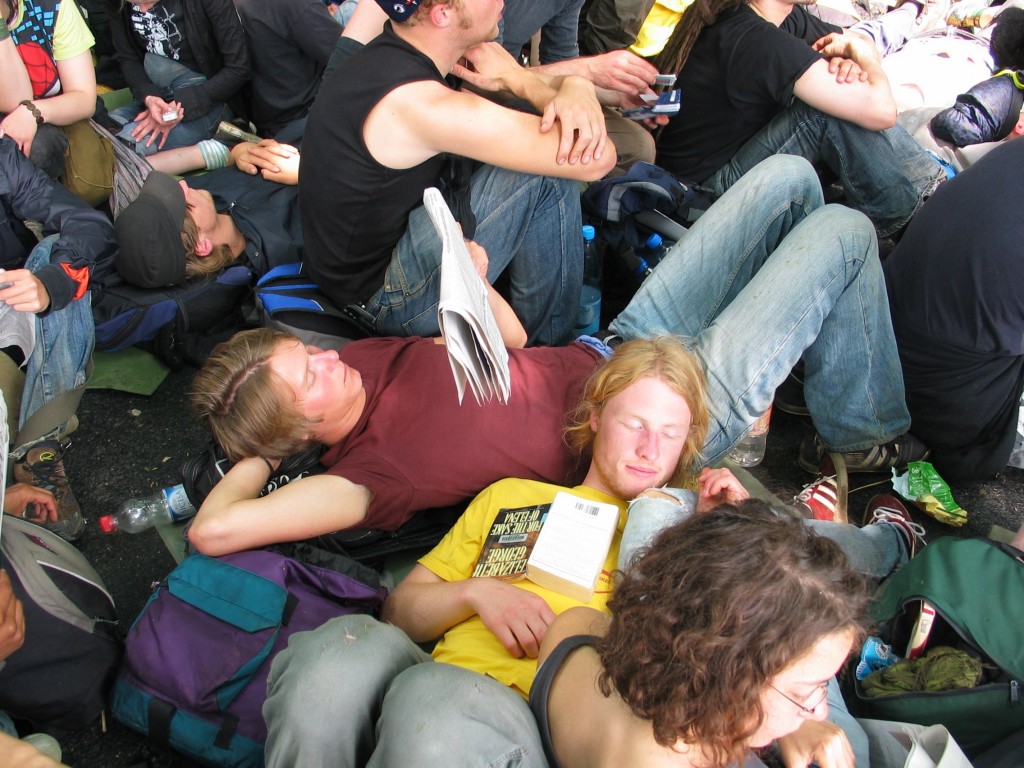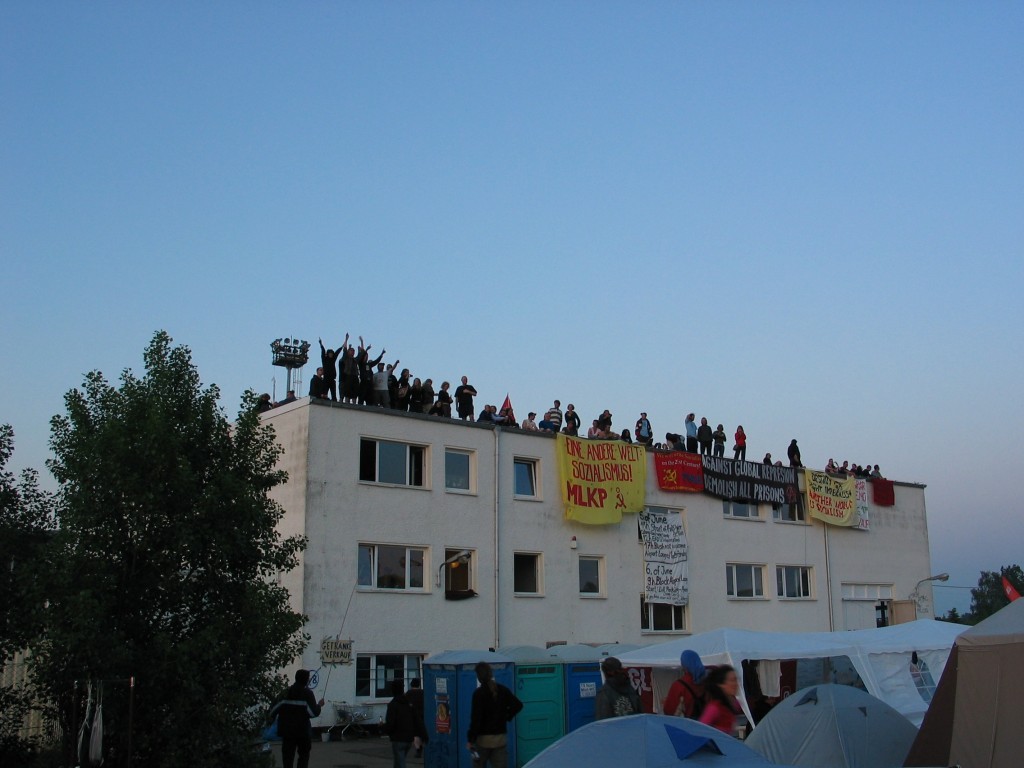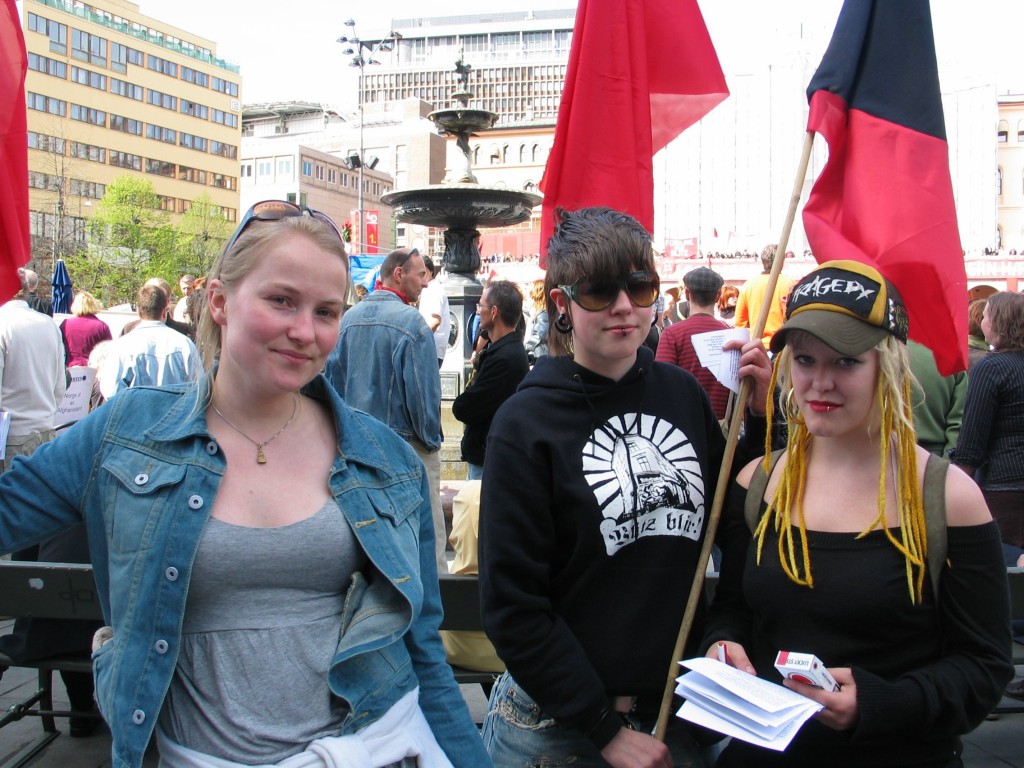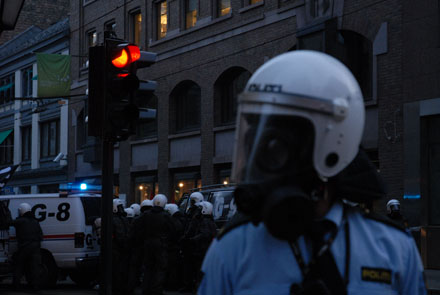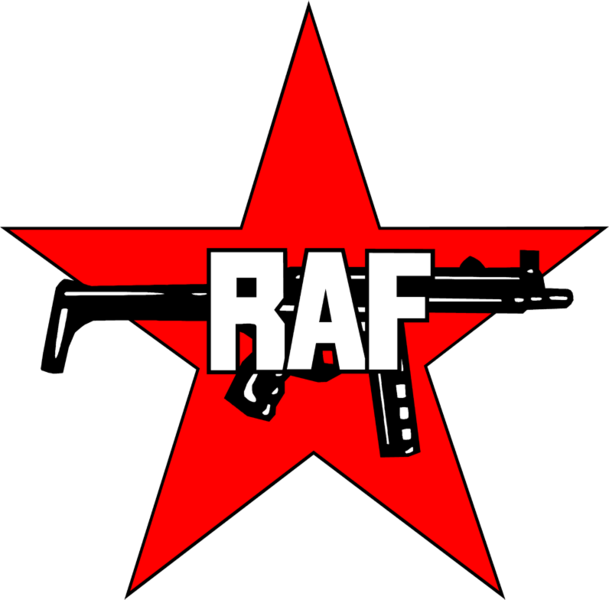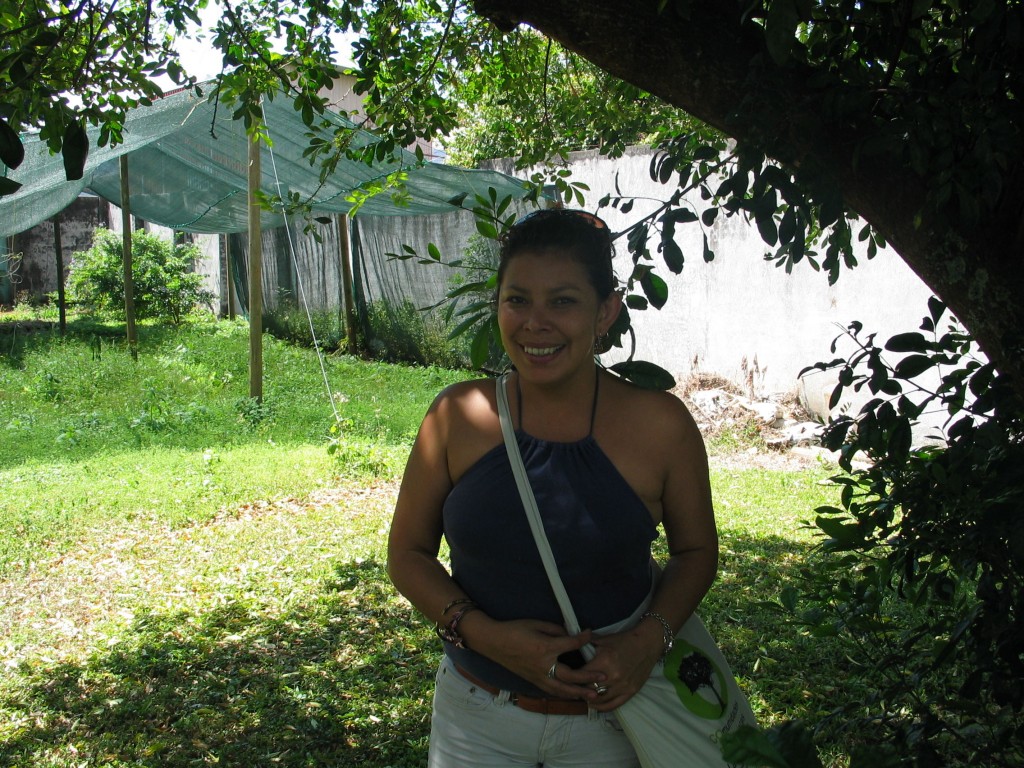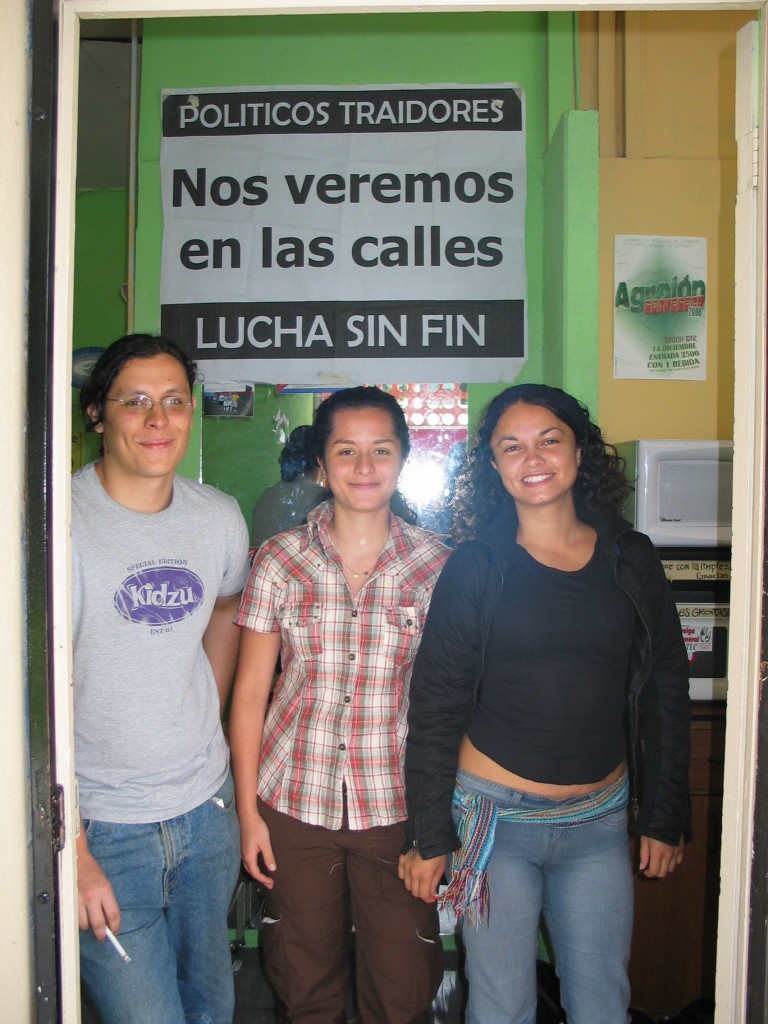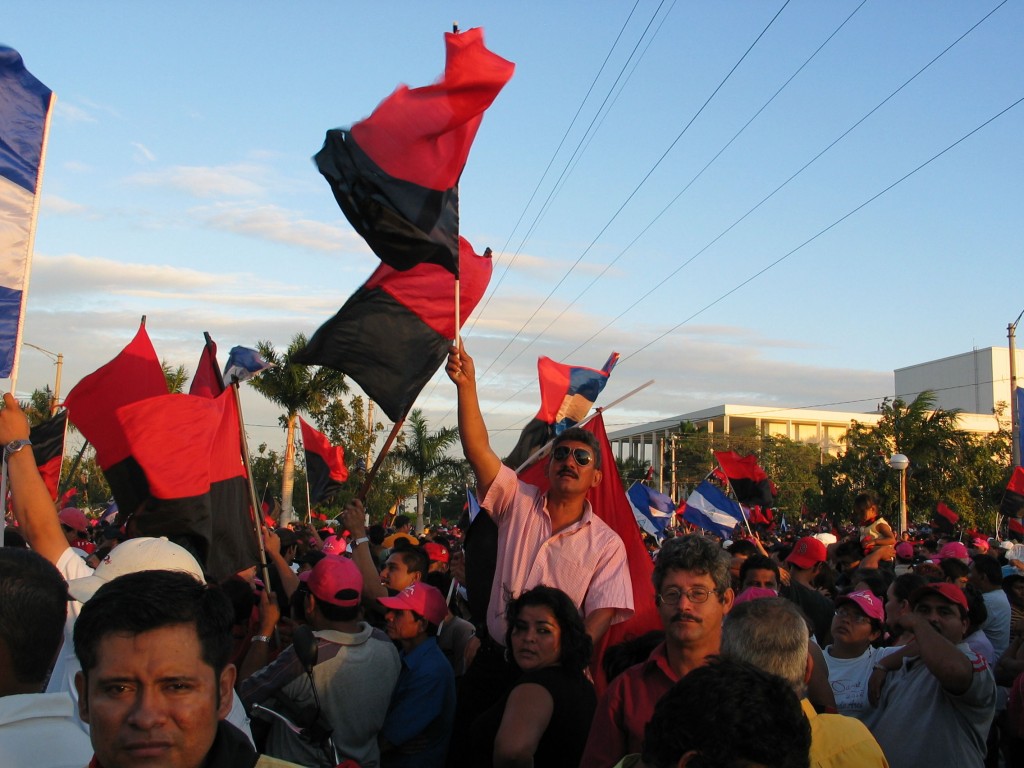Update: Today, Saturday May 17th, the strike has ended after 12 days. Transport workers will get subsidies of 1.30 USD/gallon, but cargo transport will be excluded from that offer as they are “not regulated”. Where the money for that suddenly comes from is unclear.
The Central American Republic of Nicaragua was in the 1980s portrayed as one of the greatest communist threats in the western hemisphere. Once the political right won presidential elections in 1990s, the ideological education so many had received for a decade suddenly didn’t seem to have mattered. That is until now, in May 2008 little more than a year after the Sandinistas regained the presidency with a promise of national reconciliation, when transport workers take to the streets, shut down all public transport built barricades on major highways and demand for the government to go back to politics of price control and subsidization. Now running on its 9th consecutive day with all talks between drivers and government not anywhere close to a positive the solution, the immediate future of Nicaragua is uncertain.

The strike started on May 5th. The first day only busses between major cities stopped while city busses and taxis in Managua as well as busses between minor destinations continued to operate. Since then all transportation has been shut-down with the exception of occasional pirate taxis. In the city of León drivers have set up camp at the exit of the highway to Managua, and most afternoons they block each lane for ten minutes at a time to stop most traffic, although only past Tuesday did it end up with violent confrontations between police and demonstrators.
The demand brought forth by the transport cooperatives are frozen petrol prices at the equivalent of 2.88 USD/gallon or 0.49 Euro/L for public transport, as they claim is the case for those operating in Managua already. Currently prices run around 5.18 USD/gallon or 0.88 Euro/L. The money that is to be used on this is the money that the government allegedly has access to through an oil deal with Venezuela which lets the country buy oil at market price, but with only 50% having to be paid within 90 days and the remainder in 23 years with an extremely low 2% interest rate. The government on the other hand claims that there isn’t sufficient funding available for such heavy subsidization and that part of the available funds are to be used for other projects, such as anti-hunger measures, micro-credits for small shop owners and road infrastructure measures.
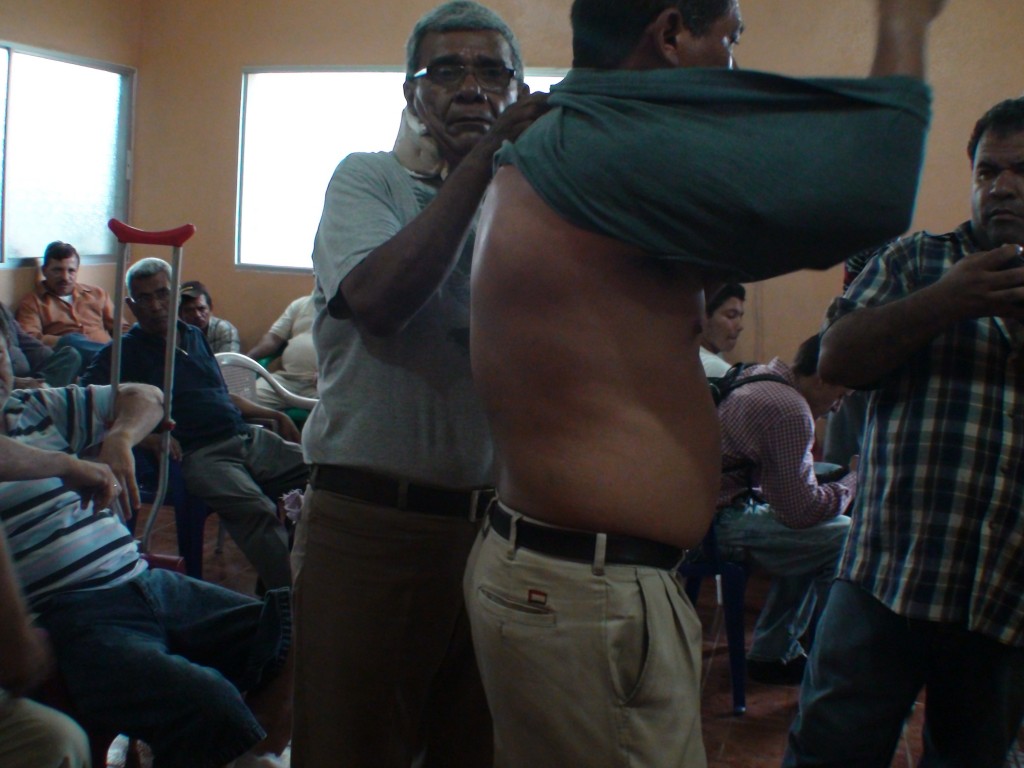
Continue reading The Sandinista vs. Sandinista transport strike


